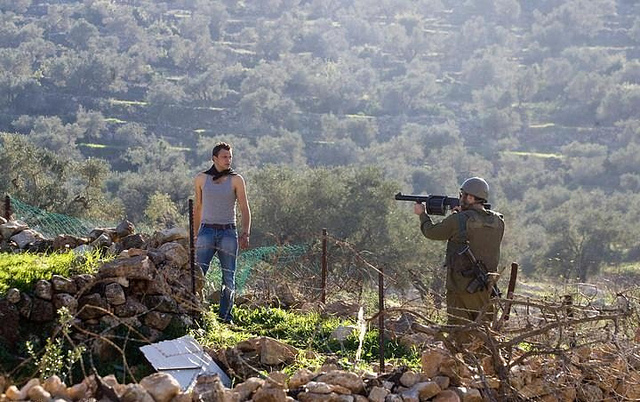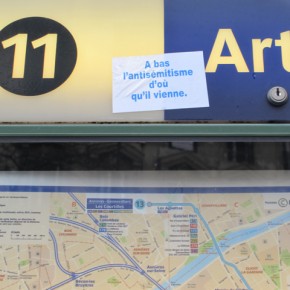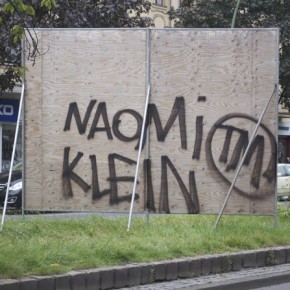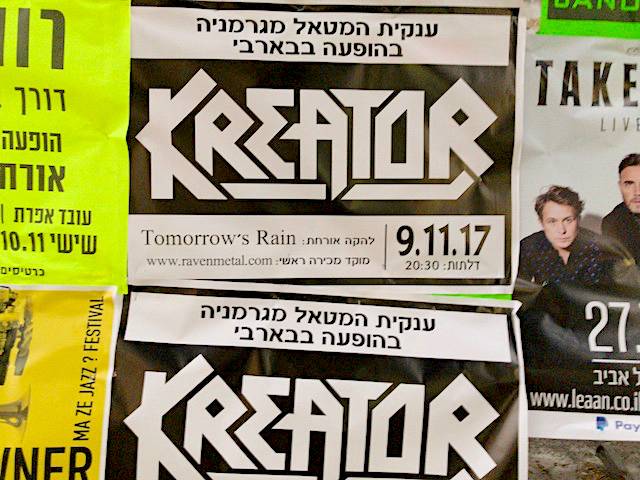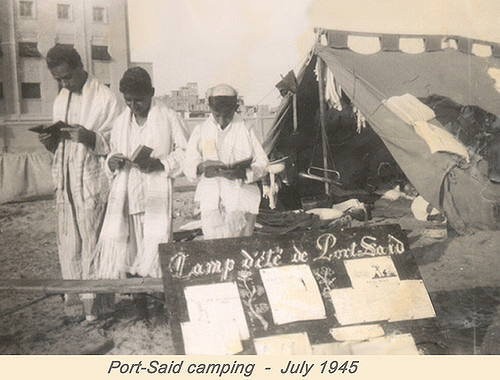Protestations against individual instances of violence ignore their origins. Tellingly, they often indulge hypocrisy: this is an outrage against the norm, or so the logic goes. But, as long as it remains unnoticed, the norm remains violence. Israeli government denunciations of ex-IDF officer Shalom Eisner are a perfect case in point.
Now dismissed, Lieutenant Colonel Eisner provoked a storm of righteous indignation over a video where he shoved a rifle into the face of a Danish protestor and injured the man. President Shimon Peres stated that he was “shocked” by the video and prime minister Benyamin Netanyahu released a statement that “Such behavior does not characterize IDF soldiers and officers and has no place in the Israel Defense Forces and in the State of Israel.”
This and far worse is exactly the daily behavior that has characterized IDF soldiers, officers, and Jewish settlers for decades of occupation. While it might be simple to dismiss such statements of moral disapprobation as nonsense from Chelm, they represent an untenable state of denial. In fact, there is a constant, unending flow of similar reports that overflows from detailed human rights reports. These events happen off-camera to Palestinians rather than on-camera to Danes, whose embassy can protest such treatment. If it were a Palestinian being hit, this would not have been news. The protestor, Andreas Ias (a pseudonym), stated “what happened to me is nothing compared to the systematic violence carried out on Palestinians. This is not a single incident, it’s what we see every day.” He did no more than state the self-evident. The racism underlying differing news value for Palestinian versus Euro-American injuries or deaths is equally evident.
In a Nablus hospital during the first Intifada, I noticed a group of several men on beds at the far end of a ward. They had large bandages around their thighs and were lying silently. I asked the physician accompanying me what was wrong with them. He explained that they had been beaten on the testicles by Israeli soldiers. As I questioned further, he detailed the intake procedures and treatment for such cases. For non-surgical cases, treatment consisted of pain-killers, ice-bags beneath bandages in order to reduce inflammation, and rest. The hospital, the largest in the region, had 50-60 such cases a month during that period.
What mentality does it require in order to beat men on the testicles with batons? The infiltration and normalization of an ethos of violence requires pervasive animosity, anathematization, and social permission. Israel’s occupation has fostered these conditions for now approaching a half-century. Young Palestinians get beaten every day as their fathers were beaten. After a series of court-martials of military bone-breakers over twenty years ago, the Knesset declined to establish an investigative commission to examine charges that then-defense minister Yitzhak Rabin ordered baton-beatings of Palestinians.
Now as then, Israel’s politicians and a largely supportive public prefer to look away from the routine brutality necessary to enforce the occupation. Denial and moral self-congratulation have become common responses, both recognized features of a colonial regime. The Eisner incident is nothing more than a continuation of well-known practices punctuated by temporary shock among Israel’s bourgeoisie at the revelation in the media mirror. They will get over this momentary crisis of conscience, as they have so many times before.
Denial enables colonial brutalities to continue unabated. Denial renders them into anti-historical occasions where dismayed official reaction functions to confirm these as moments of disorder framed by a just order. Those who document the commonplace occurrence of such violence – human rights organizations such as B’tselem and Shovrim Shtika – provide contemporary analogues of French anti-colonial intellectuals such as the Manifeste des 121 signatories and Pierre Vidal-Naquet, whose work in l’affaire Audin and La Torture dans la République documented French barbarities in Algeria. The intensification of denial highlights the gaping contradiction between visual or documentary evidence and the façade of a well-ordered state.
One reason for importance of the Eisner incident lies in the strength and social depth of its pervasive defenses. A letter from IDF reservists to the chief-of-staff characterized the officer as “a moral and ethical commander.” Among Israel’s theo-fascists, the Eisner incident is being called a “media lynching” and his dismissal compared to the Dreyfus case. The chair of the West Bank settlers council, Danny Dayan, dismissed condemnations as “hysteria” and offered support to Eisner. Numerous comments described Eisner as a victim rather than the Danish protestor. Rabbi Shalom Dov Wolpe of the ultra-right Eretz Yisrael Shelanu group quickly announced that they would be giving Eisner an award. Comment from the national-religious community characterized his dismissal as appeasement and heavily opposes the decision. Previously an obscure officer, Eisner has strong potential as a future parliamentary candidate.
A symbolic value attaches to Eisner as a national-religious army officer. When the international media flashed images of him shoving a M-16 into a protestor’s face, he became the visible symbol of a new generation of religious officers that has been rising through the IDF ranks. The global opprobrium directed toward Eisner is meaningless within the national-religious worldview, one that rejects world opinion as hopelessly biased and hypocritical.
As Netanyahu’s government coalition dawdles and half-heartedly attempts an impossible reconciliation of opposing political forces over settlements, the national-religious bloc lies at a critical location. To this bloc, Eisner’s fate appears parallel to that of the Ulpana neighborhood of Beit El or settlement outposts such as Migron – sacrificed to secular political expediency. Claims of civil or military law are less compelling in much of the national-religious community than divine law. By striking a European sympathizer to Palestinians, Eisner served a higher cause. Figures such as Eisner represent vitalizing elements of the national-religious campaign to defend and expand the Jewish settlement movement. The kippa-wearing soldier who confronts European leftists, the soldiers who refuse to remove Jewish settlers, the military rabbis who give speeches demanding that no mercy be shown to Arabs – all these are heroes. A Danish anarchist is just another Amalekite.
The value of such small video moments lies in recognizing them as systemic and representative of an aggregate of violence. Collectively these moments challenge belief that Israel is a liberal democracy. Instead, they speak to lived reality in a country where democracy and freedom continue to dwindle.
Photograph courtesy of PSP Photos. Published under a Creative Commons license.
